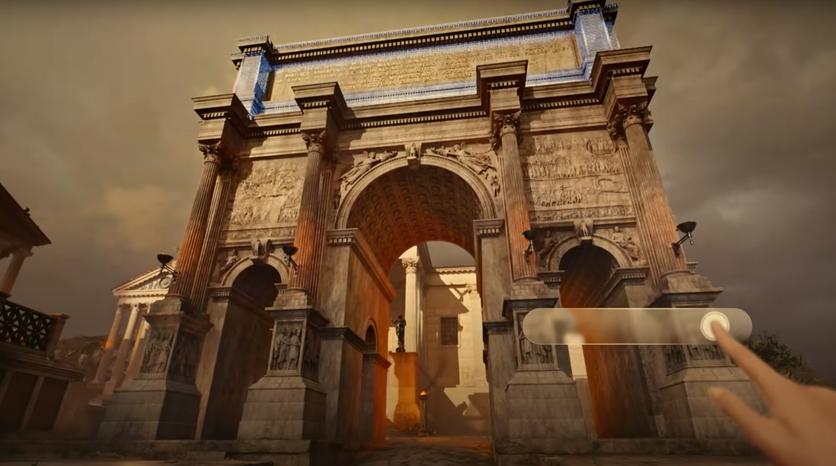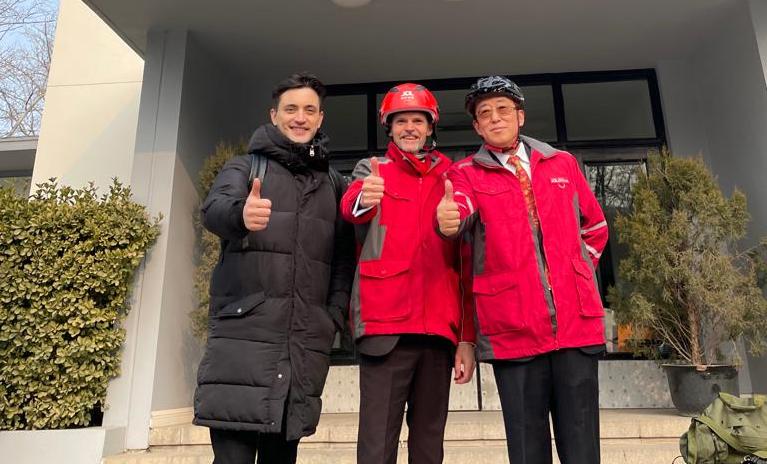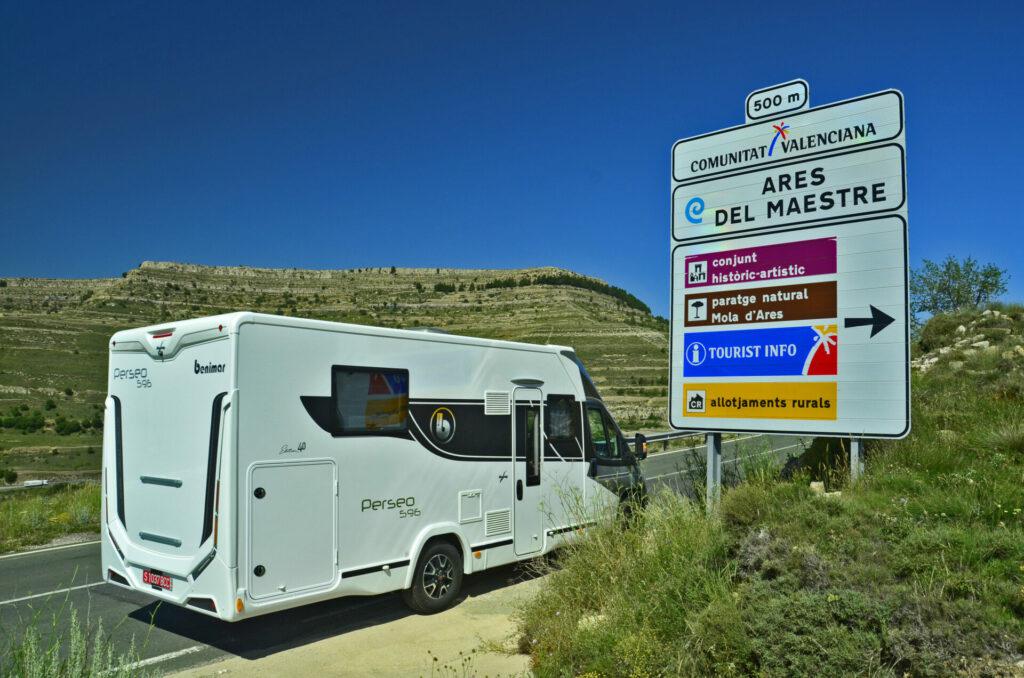Home → fancy clothes → Metaverse: Does it m...
Metaverse: Does it make sense to spend millions of dollars to buy virtual properties?
Let's start with the examples that have given rise to talk of a kind of real estate "boom" in the metaverse. Consulting firm Price Waterhouse Coopers recently paid an unspecified amount to enter the real estate market of The Sandbox, a persistent online world that presents itself to the world as a metaverse. Inside The Sandbox is Snoopverse, the virtual world that rapper Snoop Dogg is developing in which an unknown buyer paid $450,000 for a plot of virtual land.
Upping the ante is Republic Realms, a digital real estate investment trust that bought 259 parcels of land in Decentraland, another metaverse, for $900,000. And an even bigger acquisition in Decentraland was made by Metaverse Group, a real estate company focused on the metaverse economy that acquired 116 parcels of land for a whopping $2.43 million. Axie Infinity, another virtual world, sold at the beginning of last year nine of its plots for 1.5 million and at the end of the year another one for 2.3 million. And all these purchases fall short before the 4.3 million dollars paid by Republic Realms at The Sandbox last November.
Some media such as The New York Times consider it a real estate "boom" in the metaverse. Others, like Wired, believe that this "boom" is an illusion with little basis in reality. And what are buyers saying about your trades? Janine Yorio, CEO of Republic Realms (with properties in 24 metaverses, according to her website) tells the NYT that "we have paid so much because we want to do something big, something very immersive and we need a lot of space." Lorne Sugarman, CEO of Metaverse Group, tells Business Insider about the acquisitions that "it's like buying on Fifth Avenue (in New York) in the 1800's... or the creation of Rodeo Drive (in Beverly Hills, Los Angeles) ”.
Andrew Kiguel, CEO and co-founder of metaverse real estate and cryptocurrency investment firm Tokens.com, explains to the Wall Street Journal that “the ground in the metaverse is a bit like a Monopoly board, you have all these plots and you want Get as many as you can."
Decentraland, for example, is made up of 90,000 parcels of approximately 15.5 by 15.5 meters, of which only 44,000 are available for sale to individuals. “The reason why it is a store of value is because, at the beginning, each platform declares exactly how many plots there will be, so they would be cannibalized if they keep creating more and more,” Yorio declares to the same medium.
You have spent a million to buy land in metaverses, and now what?
With the idea of scarcity value established, what can be done to these properties to make their availability so valuable? “Once you have a piece of land, you can use various programming tools to create things like an amusement park, a casino, a museum… you can build whatever you want,” says Kiguel. Investors hope that as more people join these virtual worlds and more activities are carried out in them, their properties will increase in value.
Republic Realms, for example, owns assets such as a shopping center that it rents to brands to sell virtual fashion for avatars or a community of 100 villas on private islands that it sells to individuals. These developments require both the intervention of architects and 3D developers to shape them in the corresponding virtual world. “These immersive e-commerce environments that we are building are 3D equivalents of stores like Amazon where many sellers, products and experiences can be in one place without having to develop the technology themselves,” explains Yorio.

But are these metaverses THE metaverse?
Expectations for these investments are based on the idea that Mark Zuckerberg was dead right in presenting the metaverse as the "next-generation internet" when he changed Facebook's name to Meta last October. But here is another key question, which metaverse are we talking about? Rather, which one?
Zuckerberg then presented a colorful video in which avatars, photorealistic at times and gently caricatured at others, carry out as many activities in the virtual world as they do in real life: work, shop, play sports, walk, see concerts, interact with other users. The devices to interact with are virtual, augmented or mixed reality helmets, the immersion is absolute and the possibilities are endless. For Zuckerberg, it will be the place where everyone will want or should spend a good part of their time in the future.
Michael Gord, co-founder of the Metaverse Group, tells the NYT that “as the number of people who participate increases, it is where you go with your friends, where you live experiences such as conferences and concerts. It's inevitable that the metaverse will be the number one social network in the world." The expectation is that it will evolve in a few years into a fully functional economic system that will offer a digital experience as integrated into everyone's lives as email and social media are today.
But for now, the metaverse that Meta offers comes down to apps like Horizon Workrooms that enable virtual meetings in a conference room through the Oculus Quest 2 VR headset. A user without an Oculus can also participate, but in this case they won't have an avatar as a 3D representation but your own face through a video call and you will not be able to interact in the same way.
What Meta has achieved is that the concept of the metaverse is perceived as unique, THE metaverse, when it is diverse and in reality there are a good handful of independent metaverses in which the user can immerse himself today and that in the most cases do not even require the use of virtual reality devices.
The aforementioned Decentraland, The Sandbox and Axie Infinity as well as others such as Somnium Space, Upland, Nifty Island, Star Atlas or Pixelynx are presented as metaverses and are or will be accessible without the obligation of a virtual reality device, in application or web format which is accessed from the browser.
Although some of these titles are in development, others have been with the public for many years. The Sandbox has existed since 2012 and it was last November when it was relaunched with an integrated Blockchain economy. Decentraland was released in 2017 already in its current form.
The truth is that all these titles are extremely reminiscent of the online persistent worlds common in video games for two decades. In Second Life, launched in 2003, it was already possible to buy and sell digital objects as well as carry out numerous activities in parallel to real life in a 3D virtual world, as proposed by the current metaverses. The main difference between these and those is in the integration of an internal economy based on cryptocurrencies and NFT's (Non-fungible or crypto-collectible tokens).
Thus, it is the economic systems based on Blockchain technology that give value to the properties that can be created and acquired in these virtual worlds, but add another component of volatility to the investment. If an NFT, from a parcel to any other digital object created in the game, is tied to a cryptocurrency and it plummets, so does its value.
Another aspect to take into account in the success of a metaverse is how many people participate in it. Decentraland, for example, has 800,000 registered users and 300,000 active profiles. The Sandbox only had 30,000 active users last November, although it had half a million cryptocurrency wallets linked. Because this is another requirement to be able to enjoy all the possibilities of these worlds: to be a user of cryptocurrencies and to have a “wallet”. Otherwise, the user can still access most metaverses as a guest but without participating in the economic activity.
The factors that make these investments highly risky are many. The size of the community in each of these independent metaverses and their ability to grow, the volatility of the associated cryptocurrencies, the hardware still in its infancy to access a completely immersive experience like the one proposed by Meta and that many people cannot use for long periods of time without experiencing problems like headaches and Zuckerberg is right and in a few years we all want to spend our lives in a virtual world isolated from the real one and waving our hands in the air. Even if this scenario is fulfilled, the cake will not be divided among twenty-five metaverses, but rather among the two or three who find the key that drags the great mass of the public.
Many “what ifs” for so many millions of dollars.







